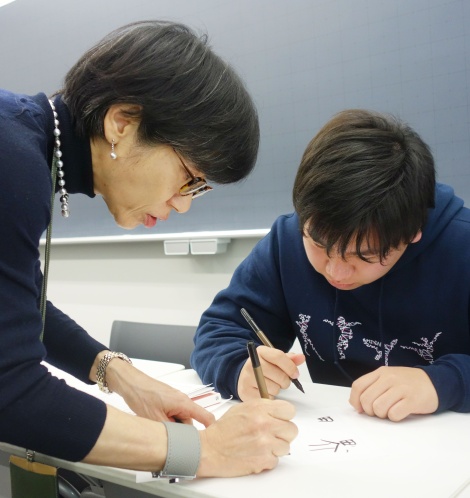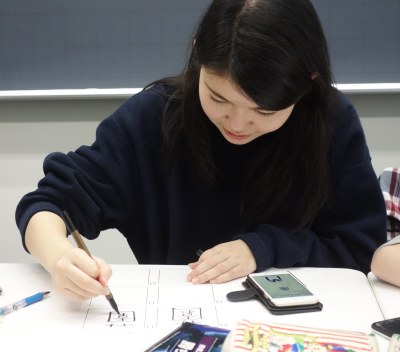
SGJS's Japanese program provides Japanese language education that suits students’ level of Japanese. Even students who have never learned Japanese before arriving in Japan can aim at achieving the Japanese Language Proficiency Test (JLPT) N1 level after four years of studying Japanese. Students who have a prior knowledge of Japanese can focus on performing academic tasks using advanced level Japanese.

There are seven levels of Japanese courses at the SGJS from introductory Japanese to upper-advanced Japanese, as shown on the table. Each level consists of “General course” and ”Vocabulary and Kanji course” from levels 1 to 6. The general course is offered three times a week and aims to develop a comprehensive Japanese ability, combining language knowledge and skills. The vocabulary and kanji course is offered once a week and focuses on learning the vocabulary and kanji for each level. You can receive three credits from the general course, level 1 to level 6, and one credit from the remaining courses and classes. In addition, the class level will be determined by a placement test (written examination and interview) for new students and results of the previous semester for continuing students.

Japanese language ability is needed not only for living in Japan and studying at university but also for seeking employment in Japan after graduation. Japanese language courses are not mandatory for English Track students, but we strongly recommend taking Japanese courses in order to live in Japan, to learn many things, and to increase options for your future, such as seeking employment, entering a graduate school, and so on.


